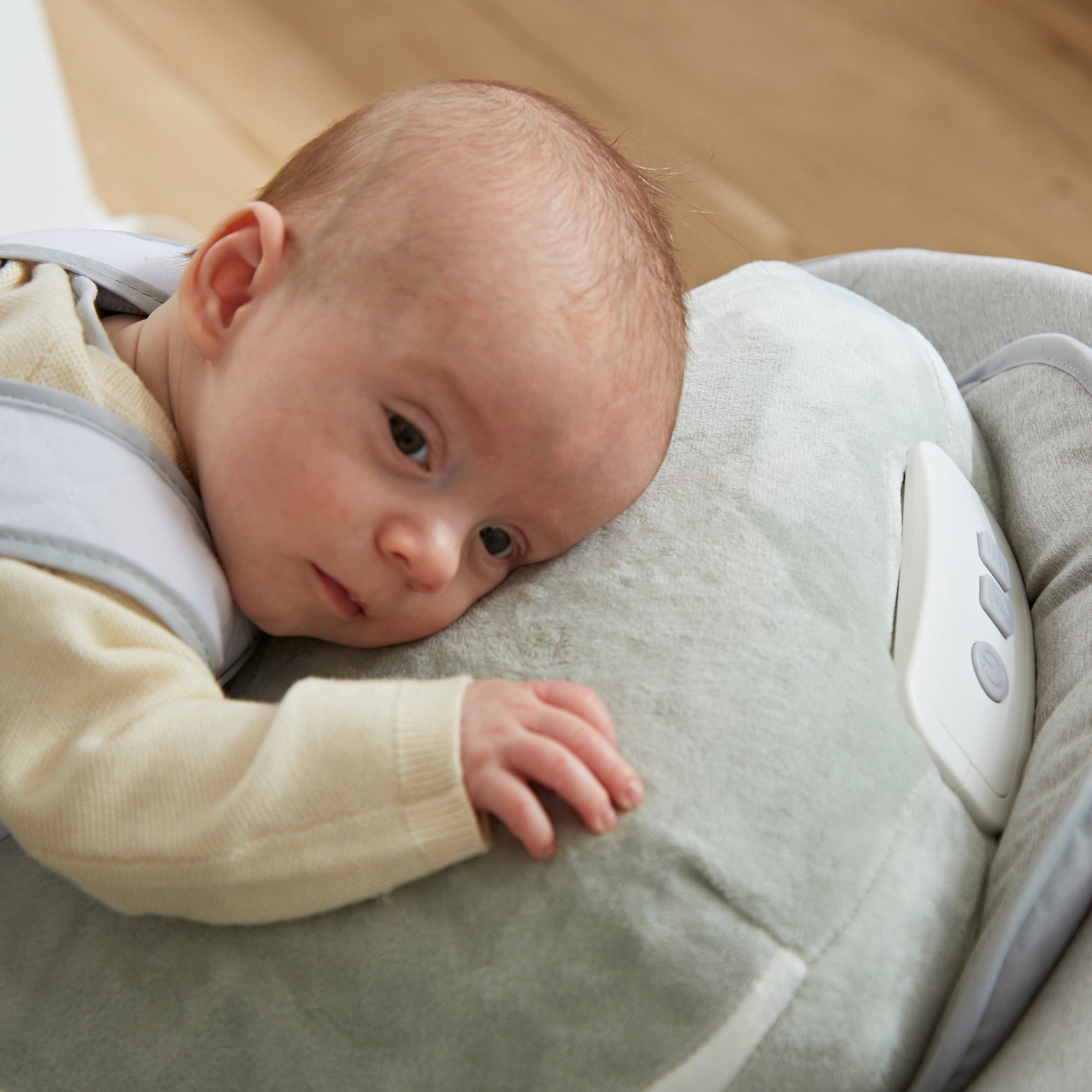What is reflux?
Reflux in new-born babies is quite common after you feed them, it’s not unusual for a bit of milk to come back up (it’s also called spit up or ‘possetting’), and it is a totally normal process where your baby just brings up a little bit of what they swallowed down their food pipe (oesophagus).
What about reflux and breastfed babies?
Reflux is less common in breastfed babies. In addition, breastfed babies with reflux have been shown to have shorter and fewer reflux episodes and less severe reflux at night than formula-fed babies.
Breastfeeding is also best for babies with reflux because breastmilk leaves the stomach much faster so there is less time for it to back up into the oesophagus so it’s also less irritating when it does come back up.
Babies who are not latching effectively for breastfeeds may develop reflux symptoms. This can be because they are taking in air when feeding or when crying. Sometimes, babies just need to be in a slightly different position to latch more deeply. Although this could also be a sign of tongue or lip tie which goes largely undiagnosed in recent times - always get a second opinion if you’re not happy with the diagnosis from your midwife or doctor.
How can breastfeeding help with reflux?
Breast milk can be the best source of nutrition, and it is the easiest to influence - you can influence its content through your diet! The act of suckling and feeding also stimulates peristalsis, making everything move in the correct downward direction.
Milk will wash back down any acid that is aggravating your baby. Breast milk has a natural analgesic in it which acts as a painkiller to help relieve any discomfort for your baby. If your breast milk has food molecules in it that your baby cannot digest properly, you can change these with relative ease. On the other hand, you cannot change what is in formula milk.
How can I make my baby more comfortable?
Frequent breastfeeding and being responsive to your baby’s cues will help to minimise crying. Feeding little and often works well for many babies, especially those with reflux.
Get trained support to improve any latch issues and make sure your baby is feeding effectively, perhaps a more upright feeding position will help to ensure that breastfeeding is going as well as possible. After feeding, ideally, keep your baby upright against you for at least 30 minutes.
Patting to wind your baby may make the reflux worse, so simply hold your baby with their head on your shoulder and their stomach in the middle of your chest. It is better to avoid bouncing or jiggling your baby at this stage.
Sometimes, a trial of eliminating dairy from the mother’s diet can help reduce baby reflux. Keeping a food diary can help spot patterns in case there are any other food intolerances to be considered.
Related blogs:


